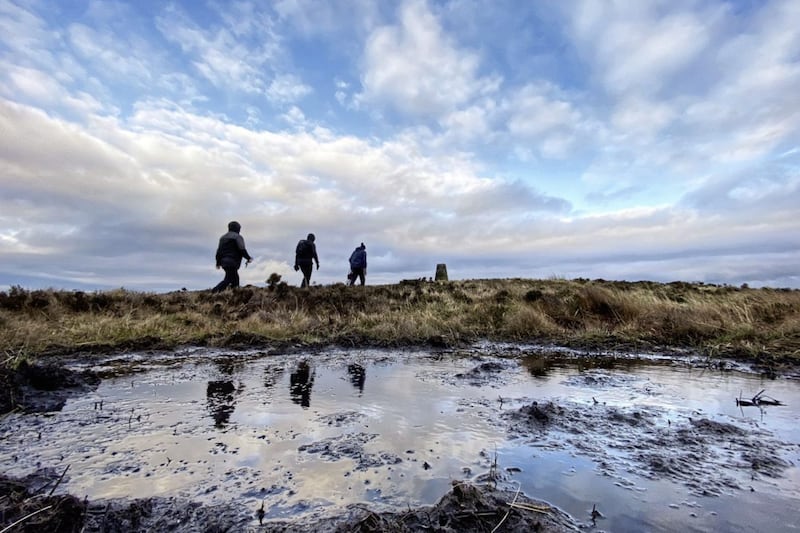The Corncrake population in the Republic of Ireland is at its highest in 25 years wildlife experts have revealed.
A survey by the National Parks and Wildlife Service (NPWS) recorded 233 corncrake territories, the highest in 25 years, up 45% since 2018.
In addition, the Corncrake Life project, which focuses within eight core areas and works towards the delivery of specialist actions for the birds, recorded a 35% increase in birds since it began in 2021.
Another takeaway from the NPWS report was the numbers of corncrake territories recorded in the core breeding areas of Donegal, Mayo and Galway has increased 45% on the 2018 baseline figures.
Almost 1,500 hectares of land in the Republic is now being managed by 250 farmers and landowners to conserve the corncrake.
Malcolm Noonan TD , minister for nature and heritage said the increase in the corncrake population was “testament to the collaboration between farmers, landowners and the NPWS-led corncrake conservation projects”.
“The impact of this project is phenomenal and transformative for both local communities and the landscape.
“NPWS is now committed to ensuring this work continues when the Corncrake LIFE project finishes at the end of 2025. It has become a model for community-focused nature conservation.”
Corncrakes are shy and secretive farmland birds. Their distinctive call is a feature in some parts of the north and west coasts of Ireland but was once widespread across the countryside.
The corncrake is listed on the Red list of Conservation Concern having significantly decreased in both numbers and range in Ireland and other European countries.
Corncrake conservation measures involve proactive planning with farmers in the breeding areas primarily on the north and west coast, as well as reactive measures where birds establish in new locations.
Data from the project shows a number of measures effective in improving the Corncrake’s habitat include the creation of large patches of nettles or crops for them to hide in and delaying grass mowing into mid-August enable them to raise broods of chicks in safety.
Ciaran Reaney, co-ordinator of the NPWS Corncrake survey, said birds were regularly being found in new locations.
He added: “Farmers and landowners in Co Kerry who have not heard the bird in many years have been very receptive to working with us to protect the nesting corncrakes.
“There is still such a grá for the corncrake in Ireland that many farmers are willing to delay grass mowing in an attempt to save them and have them return”.









